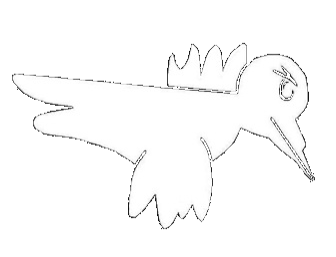Heel pain, or talalgia, is mostly due to plantar fasciitis, commonly known as a heel spur, although there doesn't necessarily have to be a bone spur causing the pain.
How is it treated?
Most cases resolve within a few months with conservative treatment, which involves measures such as rest, anti-inflammatory analgesics, modification of footwear, or insoles that are combined in different ways depending on the circumstances.
In cases that do not improve, treatment with injections, which are injections in the foot, is usually necessary. They are often effective, although sometimes they need to be repeated.
Sometimes the pain does not subside with these treatments, and surgery may be necessary.
Other causes
There are other causes of heel pain that, although less common, must be considered when treating them, as they may require different types of treatment:
· Mechanical overload, sometimes due to atrophy of the heel fat, which involves the loss of the fatty pad that cushions the shocks that occur when walking.
· Compression of the posterior tibial nerve, which passes behind the inner part of the ankle and can become trapped, causing heel pain.




